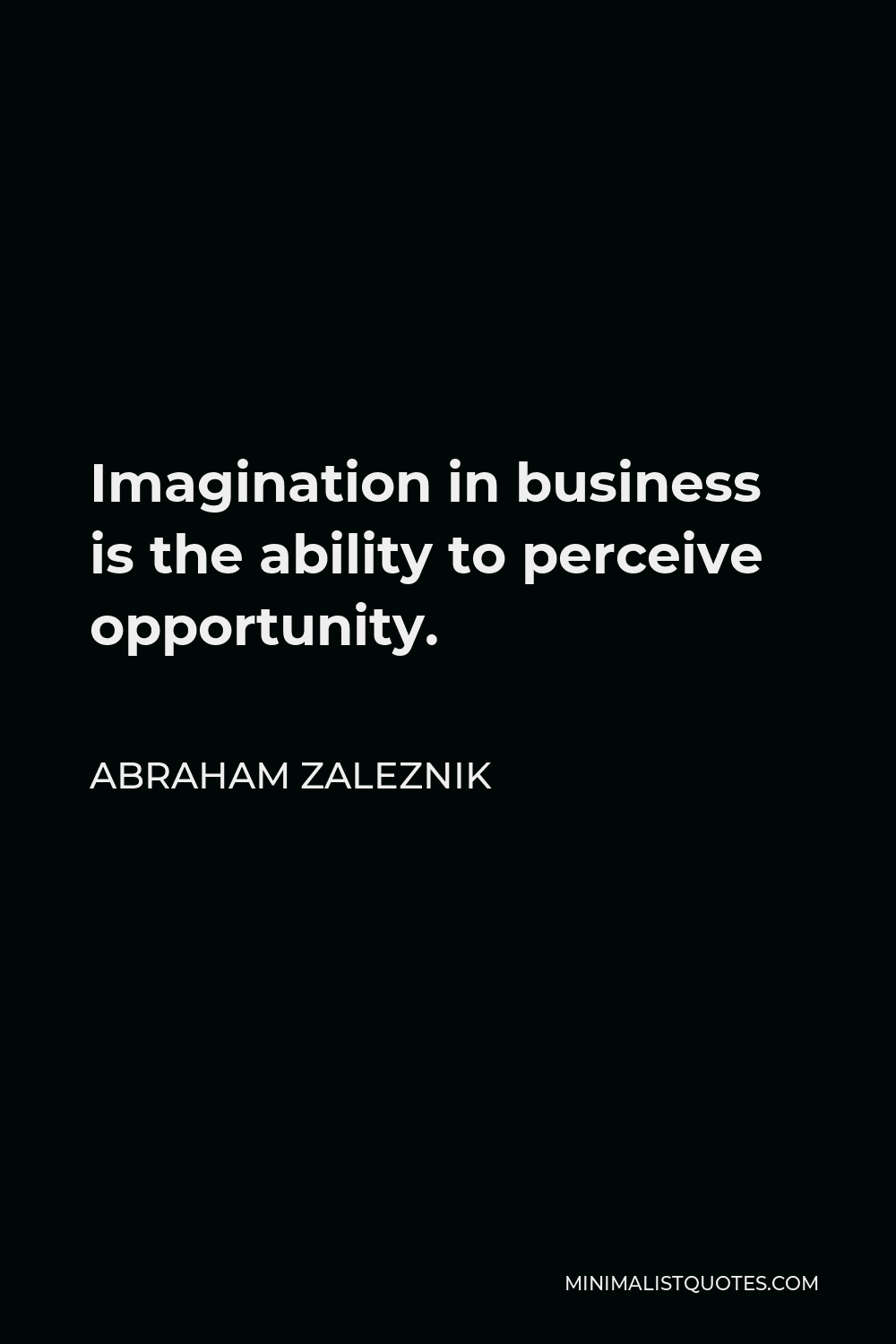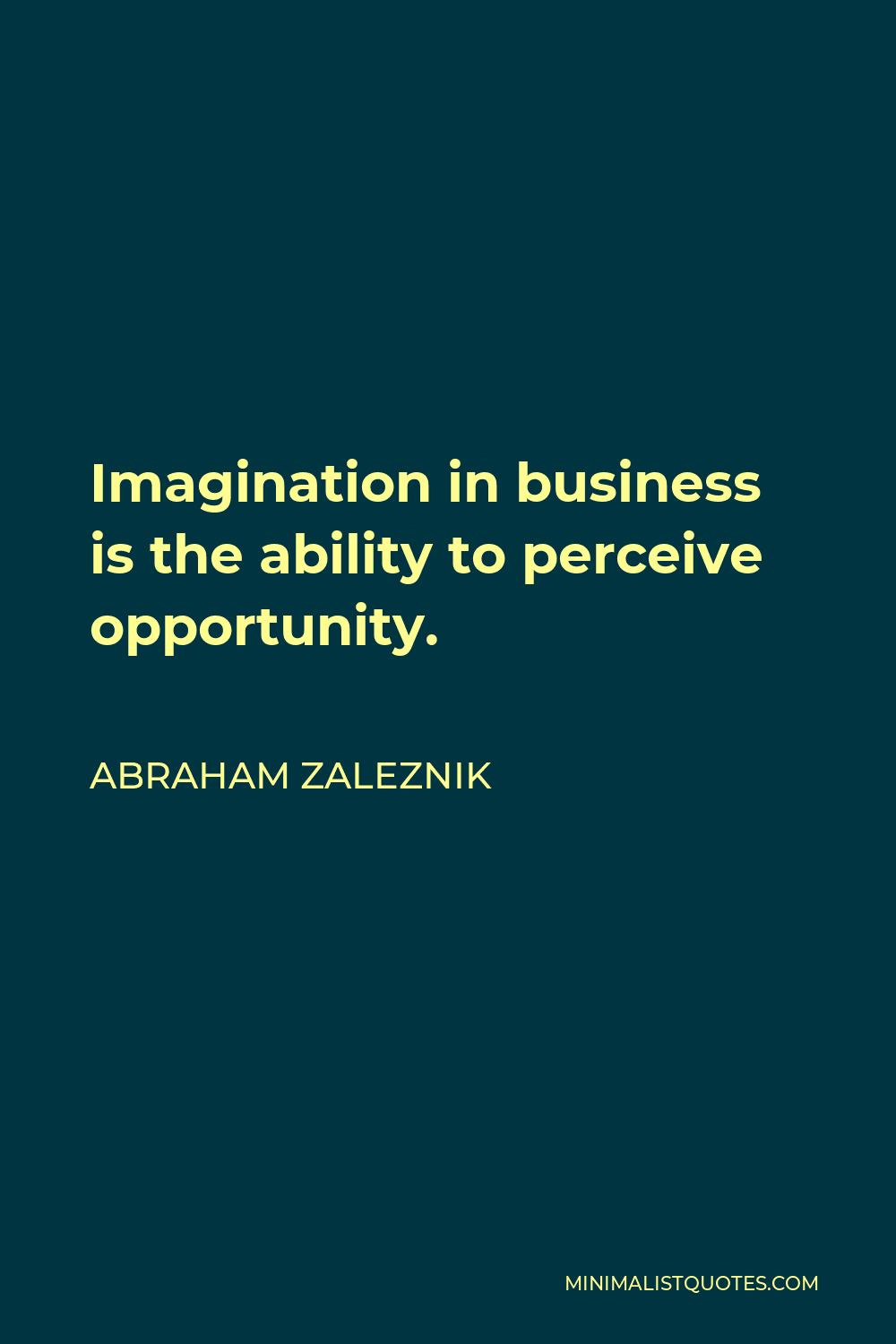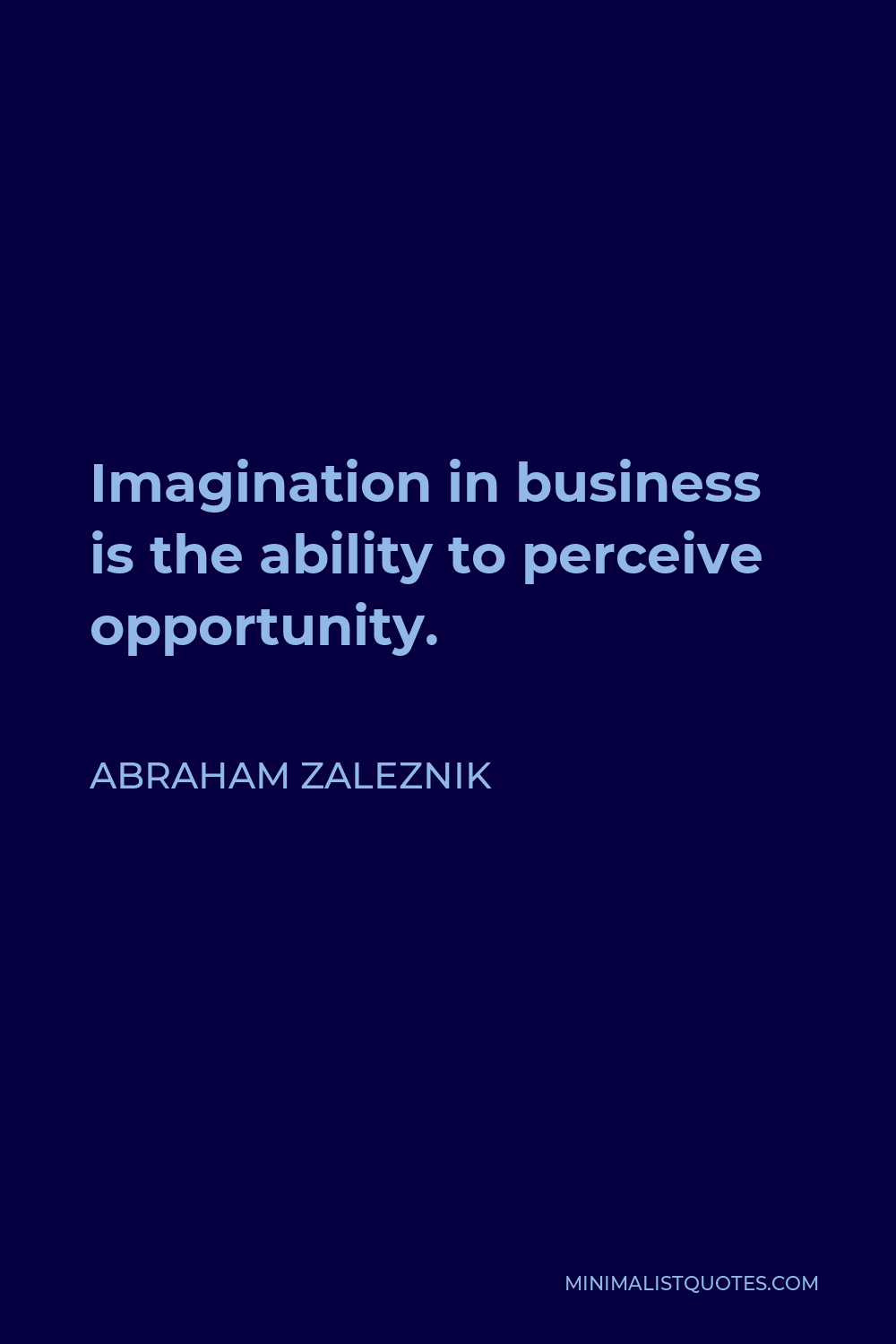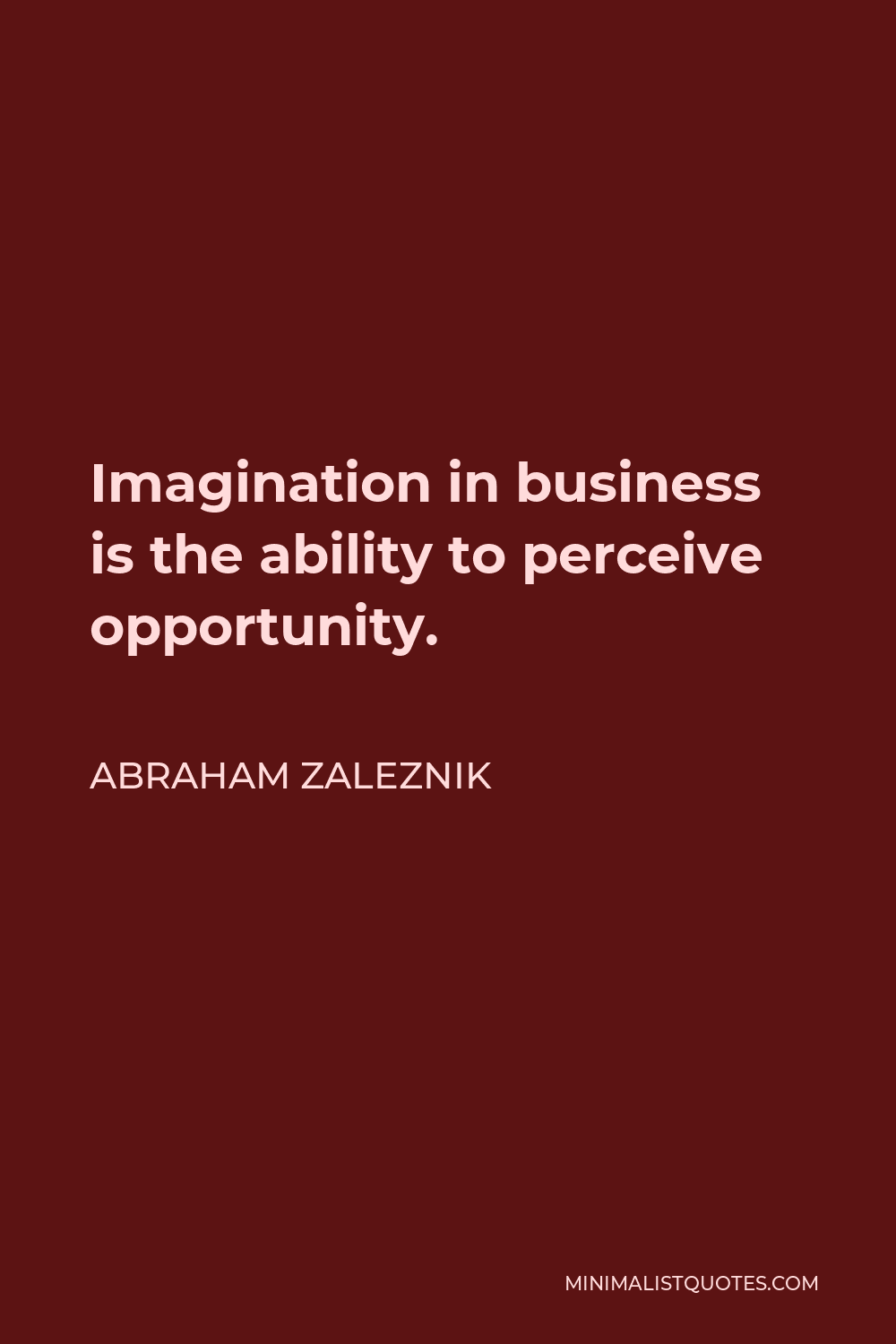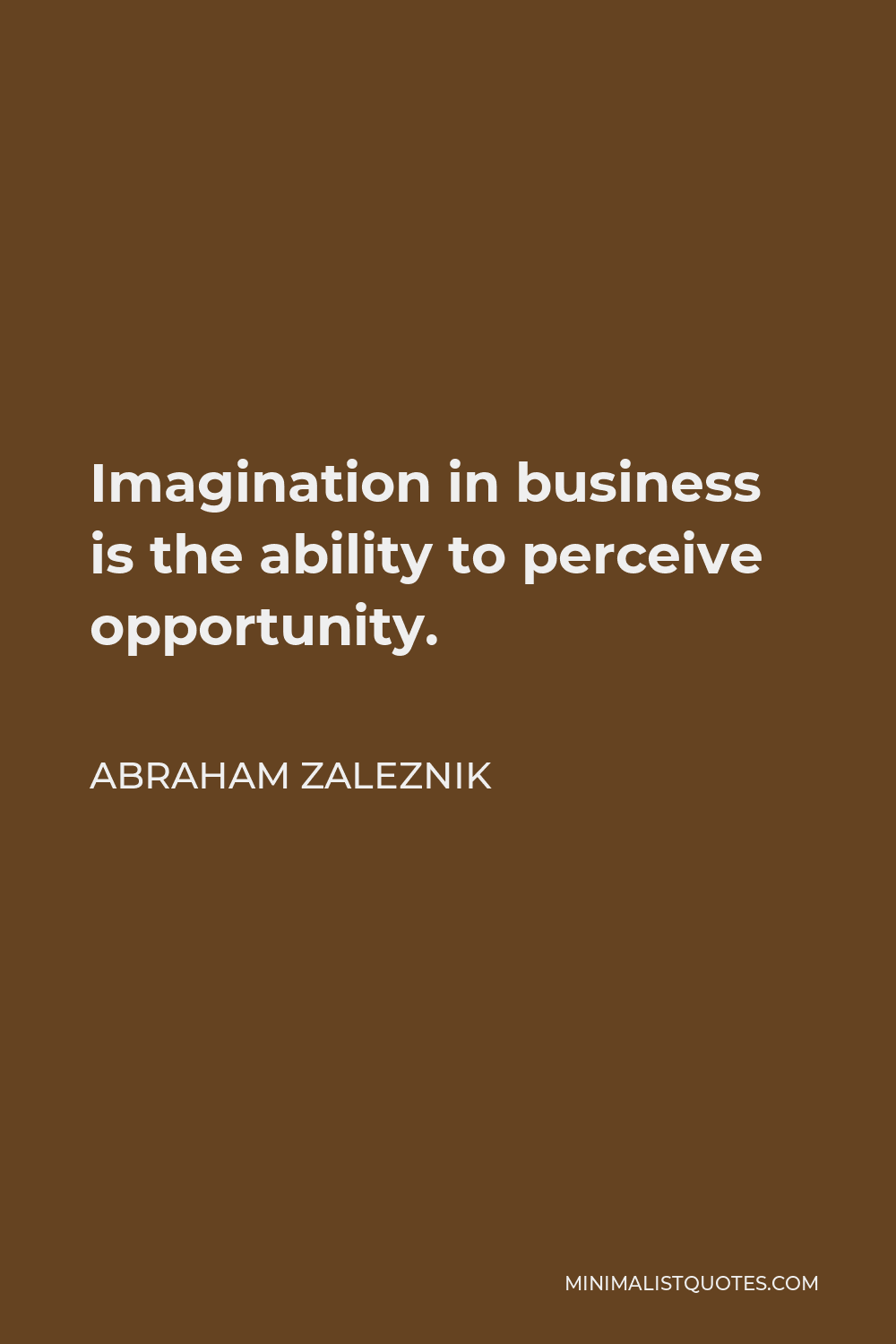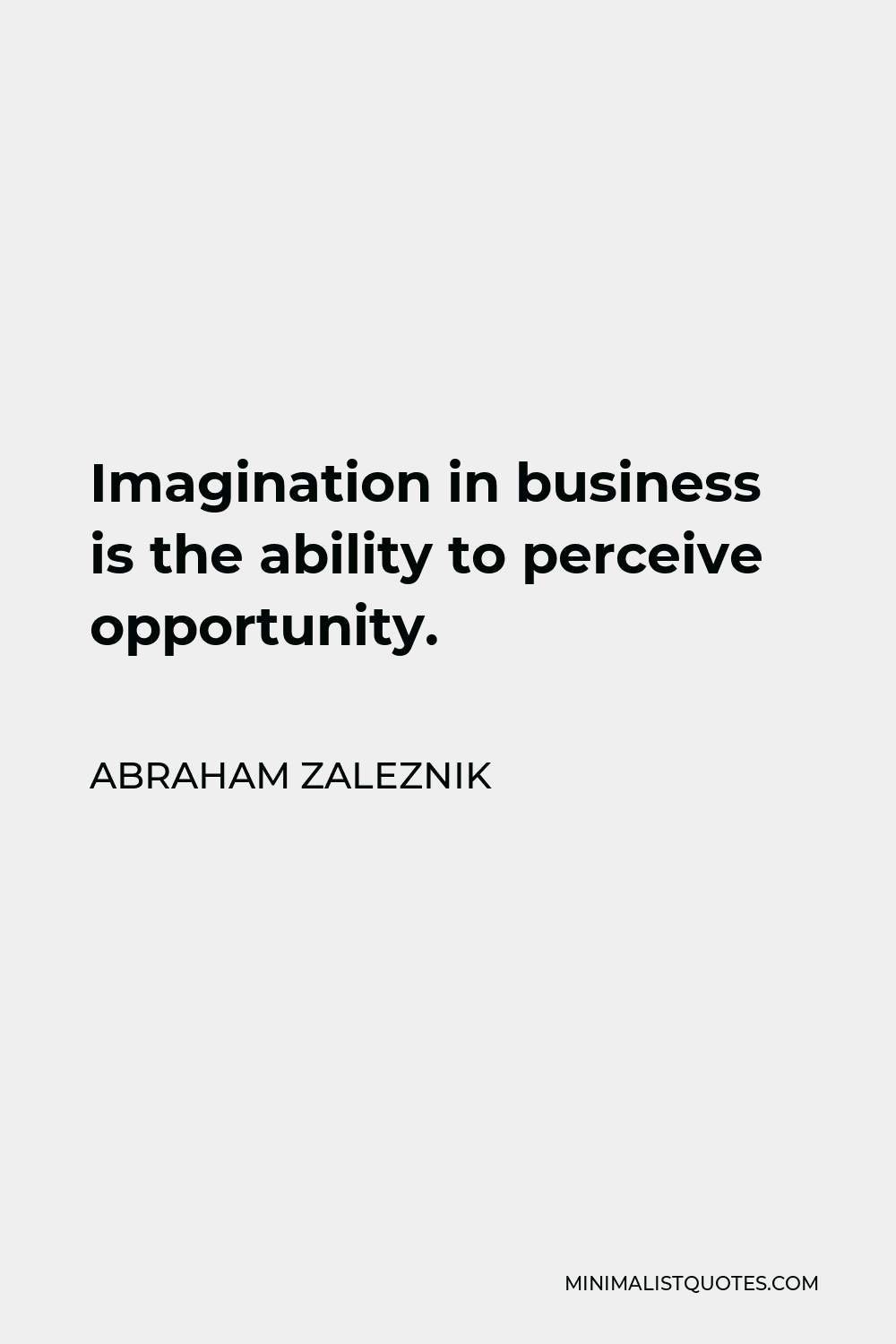The direction an organization takes. The net result of this influence is to change the way people think about what is desirable, possible, and necessary.
ABRAHAM ZALEZNIKImagination in business is the ability to perceive opportunity.
More Abraham Zaleznik Quotes
-





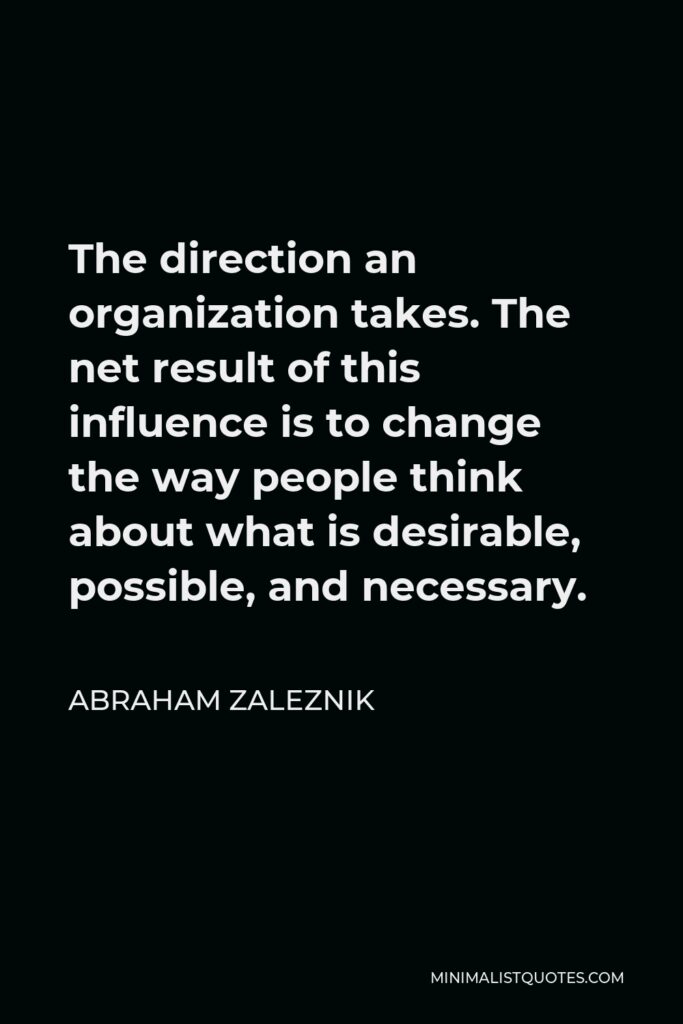

-





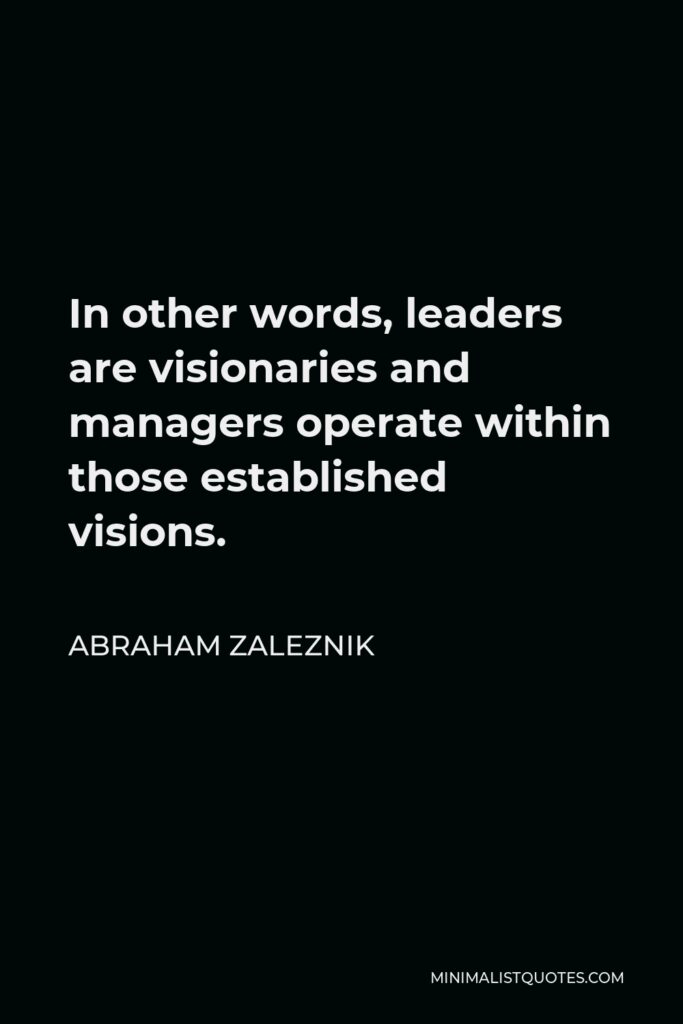

In other words, leaders are visionaries and managers operate within those established visions.
ABRAHAM ZALEZNIK -





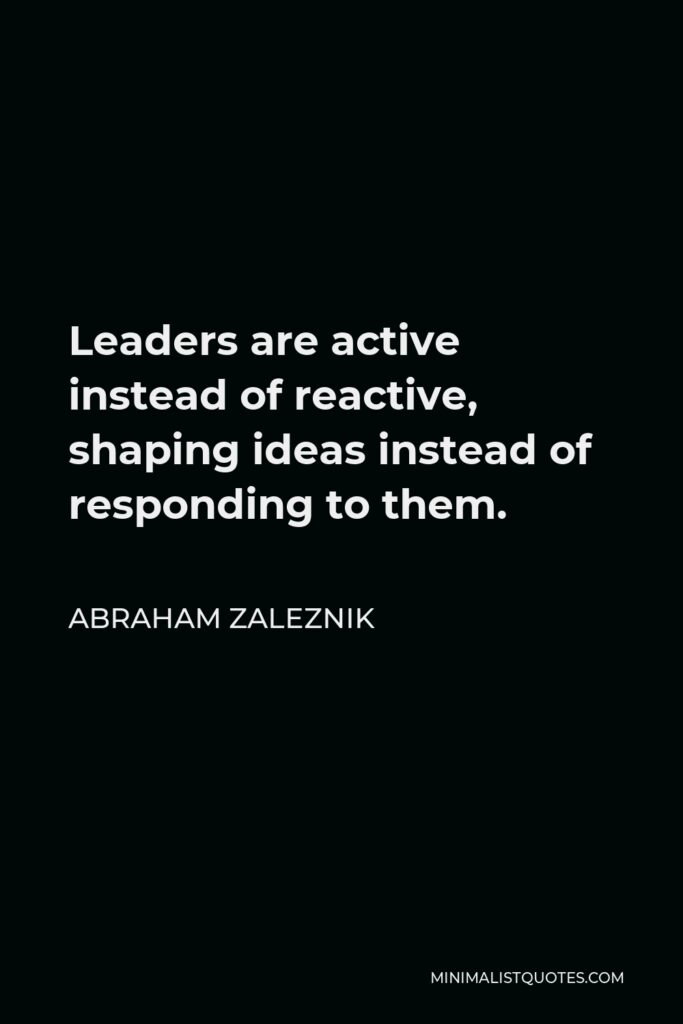

Leaders are active instead of reactive, shaping ideas instead of responding to them.
ABRAHAM ZALEZNIK -





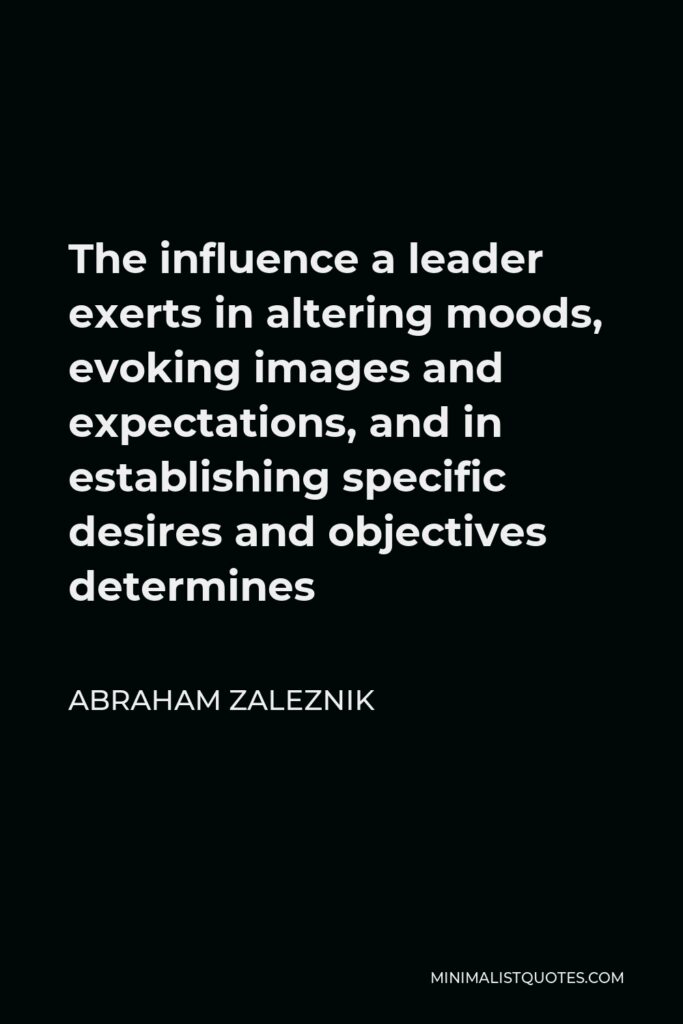

The influence a leader exerts in altering moods, evoking images and expectations, and in establishing specific desires and objectives determines
ABRAHAM ZALEZNIK -





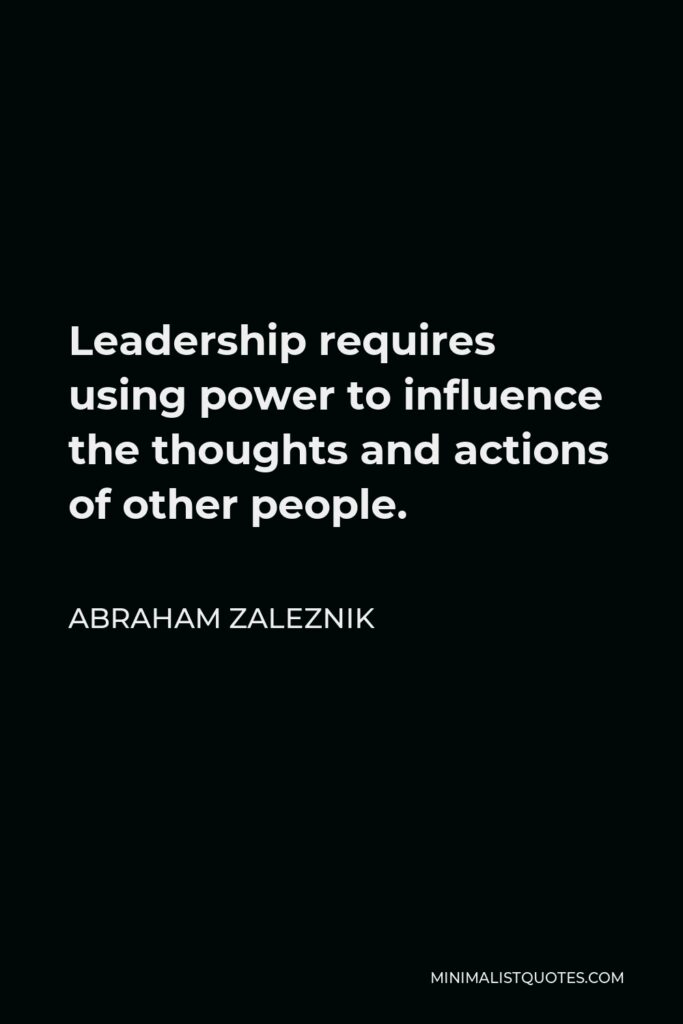

Leadership requires using power to influence the thoughts and actions of other people.
ABRAHAM ZALEZNIK -





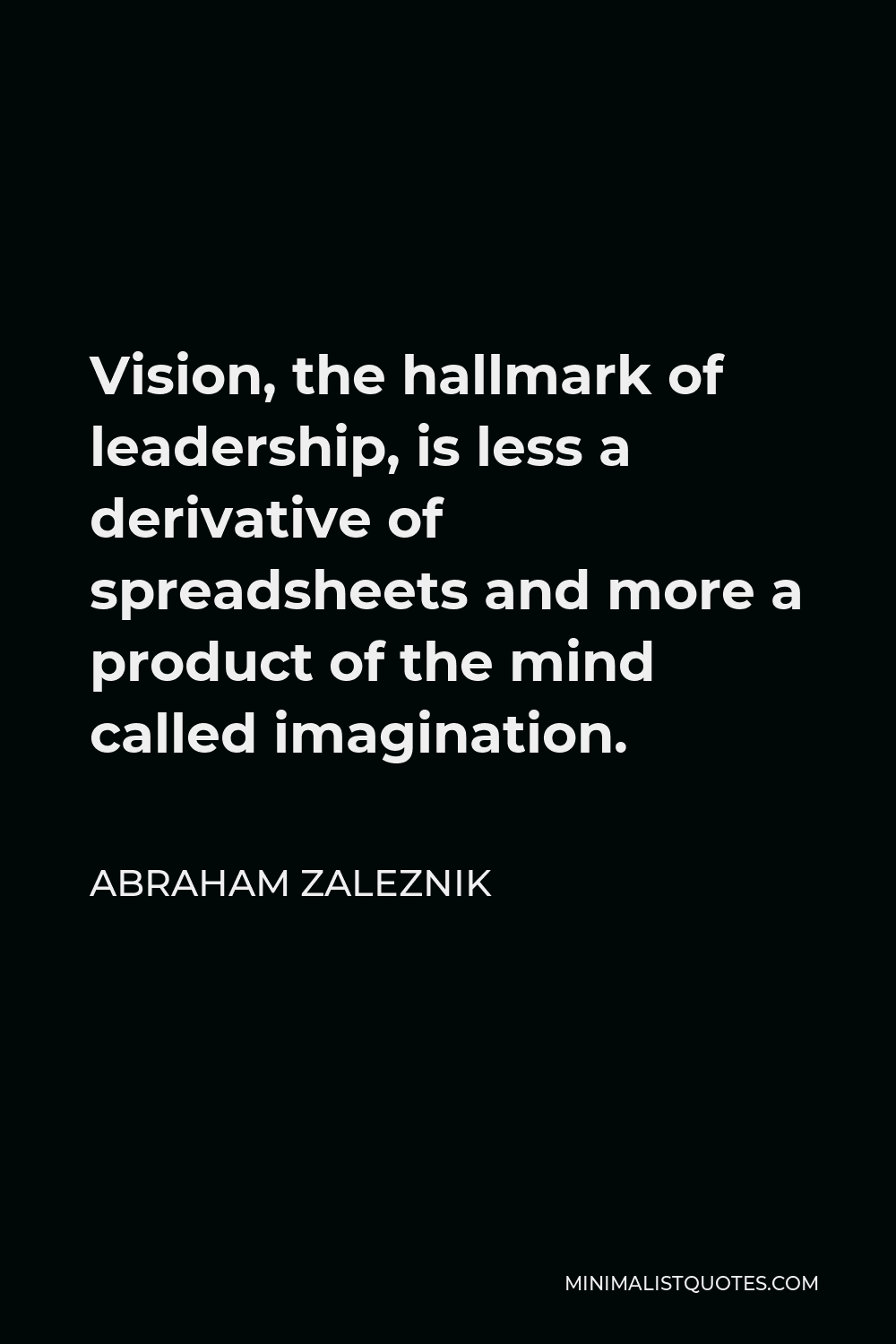
Vision, the hallmark of leadership, is less a derivative of spreadsheets and more a product of the mind called imagination.
ABRAHAM ZALEZNIK -





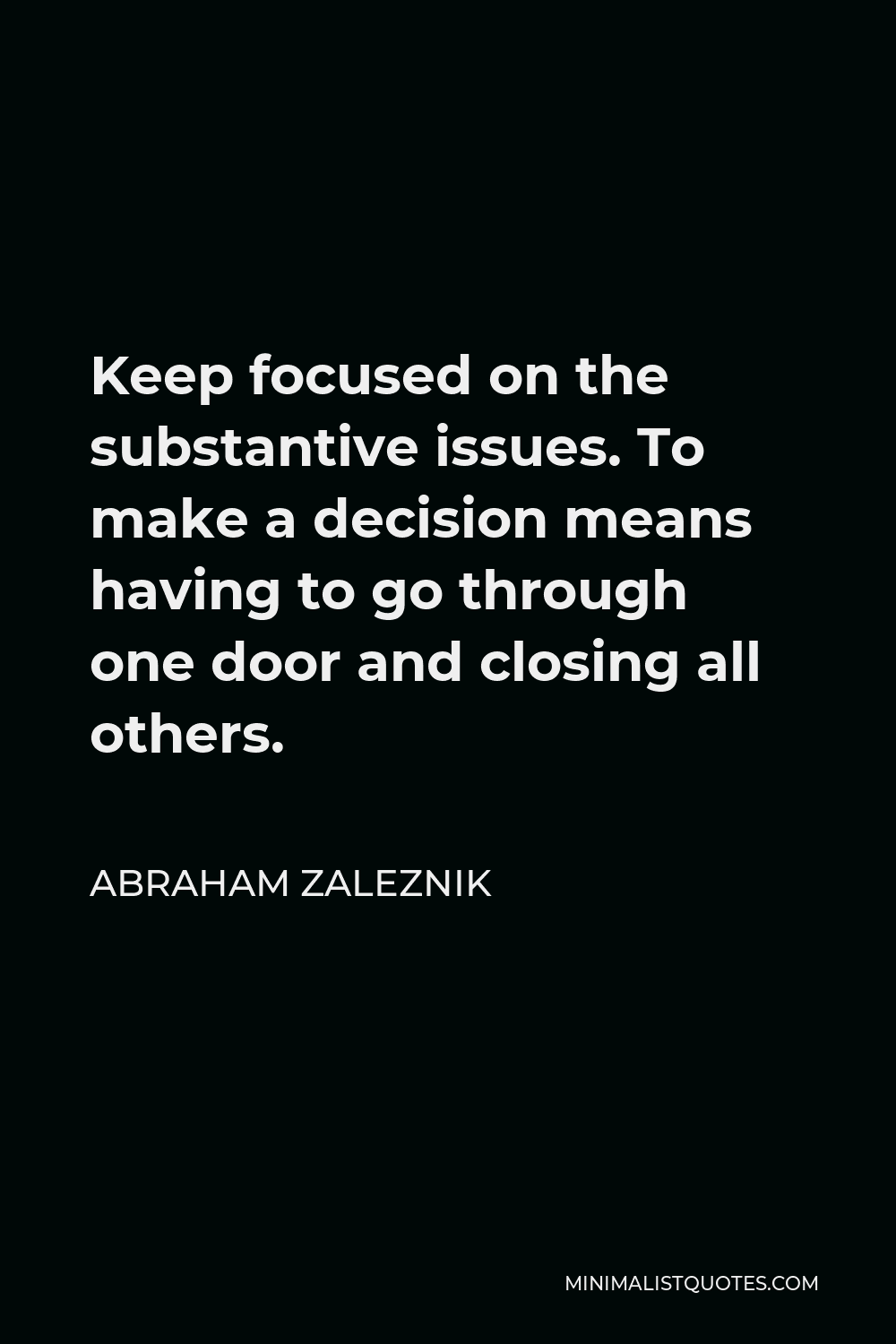
Keep focused on the substantive issues. To make a decision means having to go through one door and closing all others.
ABRAHAM ZALEZNIK -





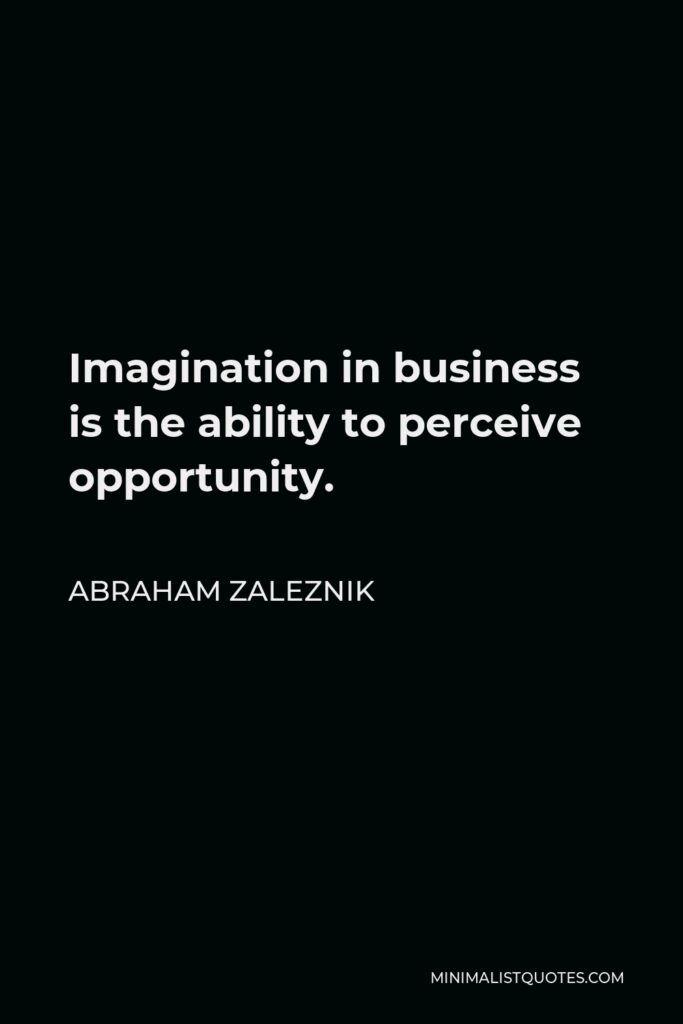

Imagination in business is the ability to perceive opportunity.
ABRAHAM ZALEZNIK -







If you want to understand entrepreneurs, you have to study the psychology of the juvenile delinquent. They don’t have the same anxiety triggers that we have.
ABRAHAM ZALEZNIK -





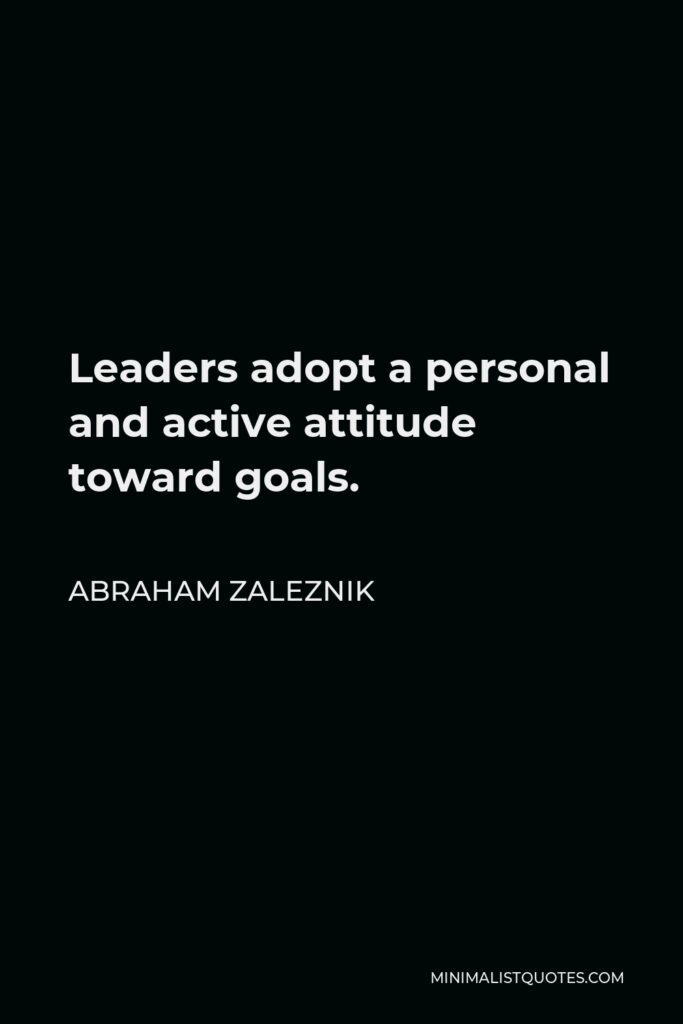

Leaders adopt a personal and active attitude toward goals.
ABRAHAM ZALEZNIK -





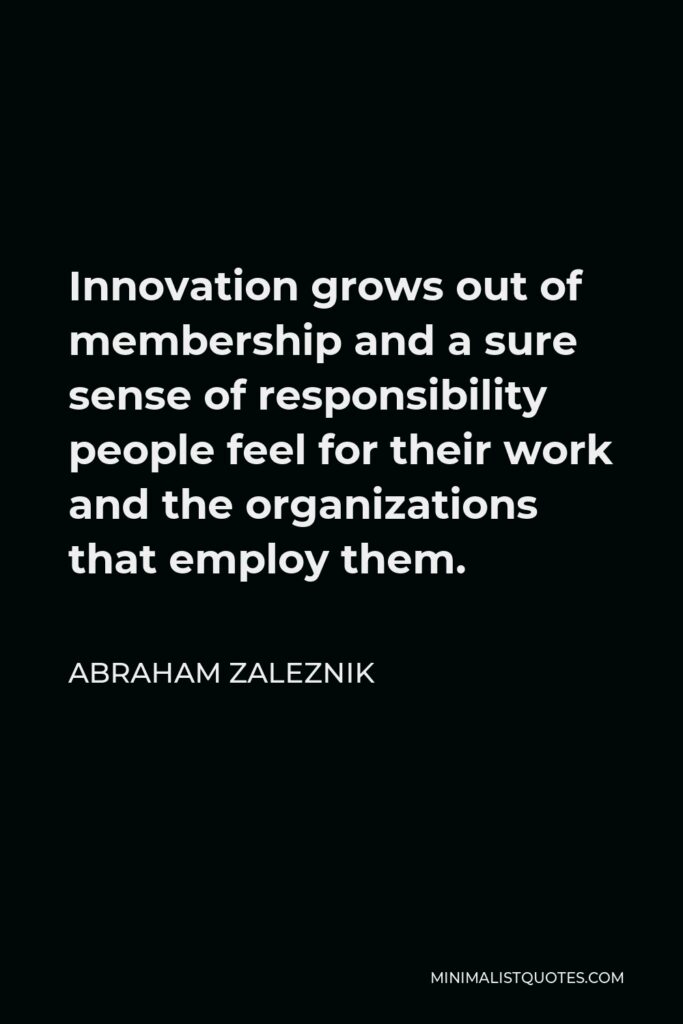

Innovation grows out of membership and a sure sense of responsibility people feel for their work and the organizations that employ them.
ABRAHAM ZALEZNIK
